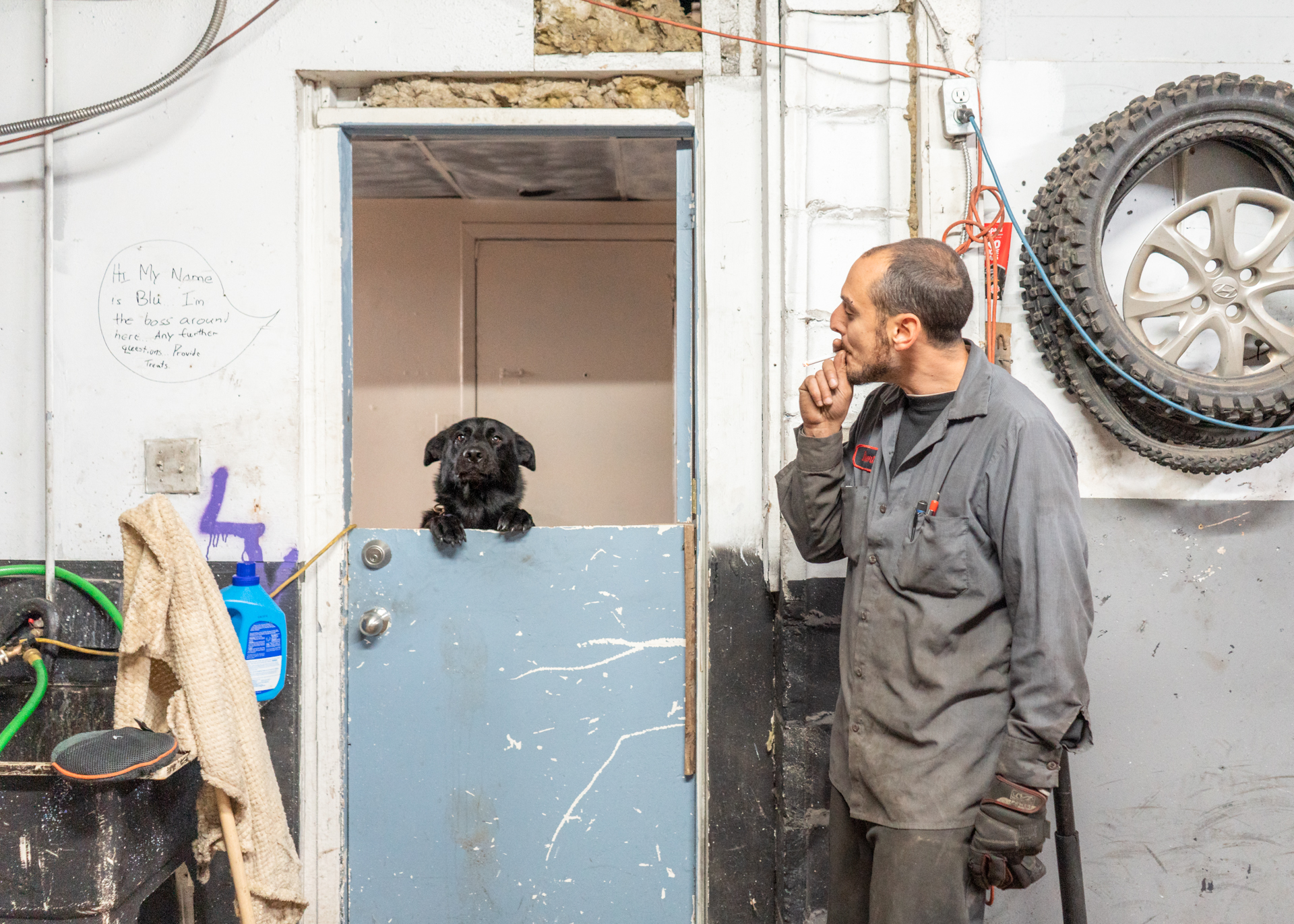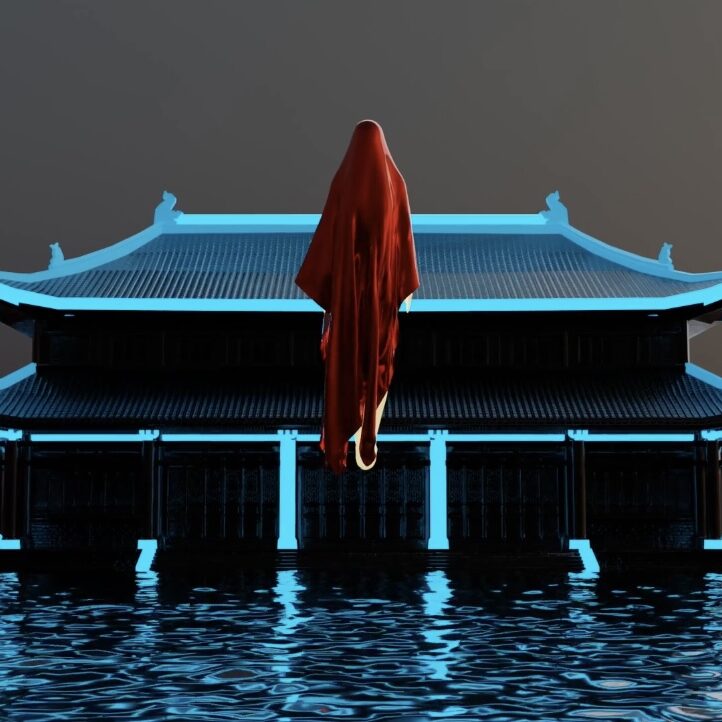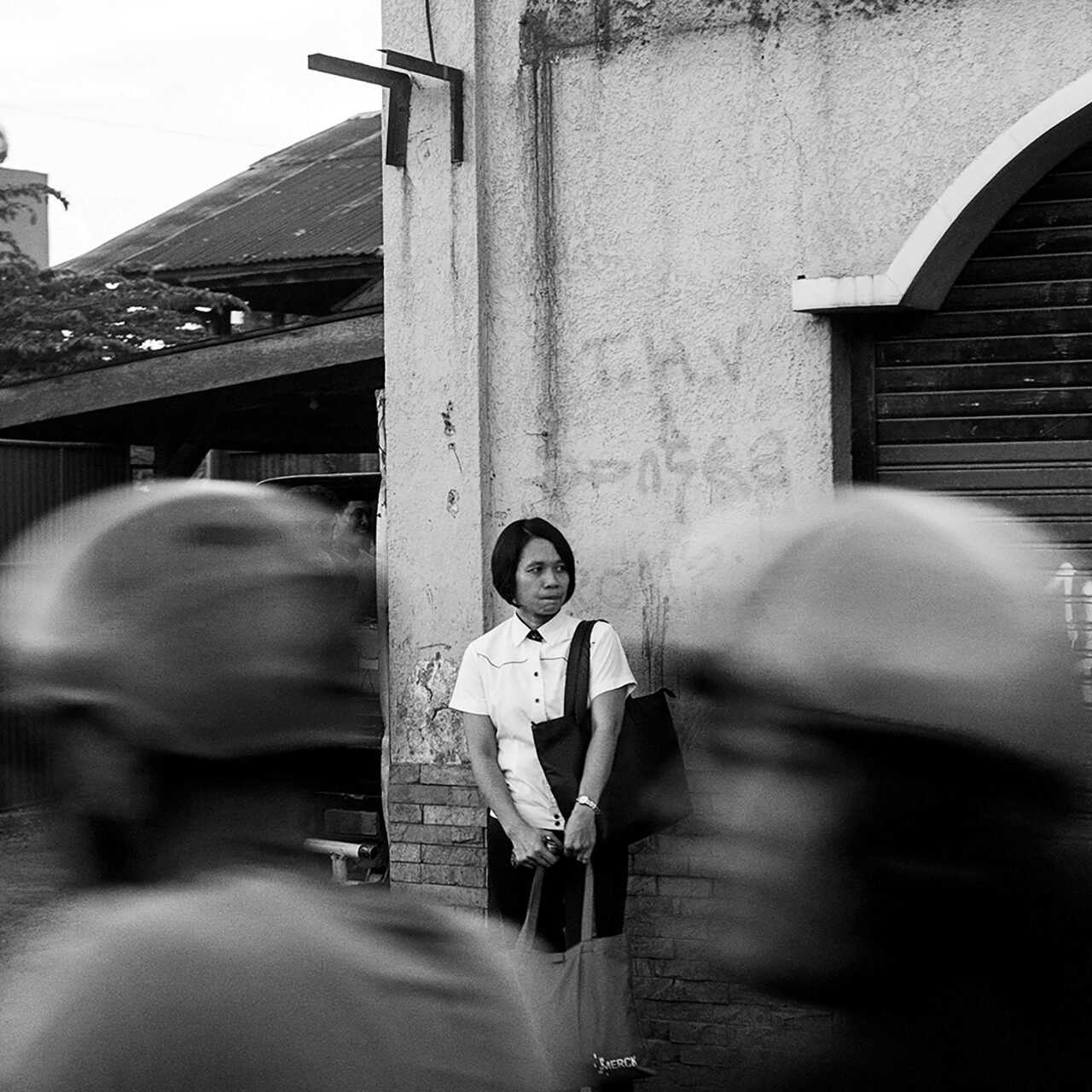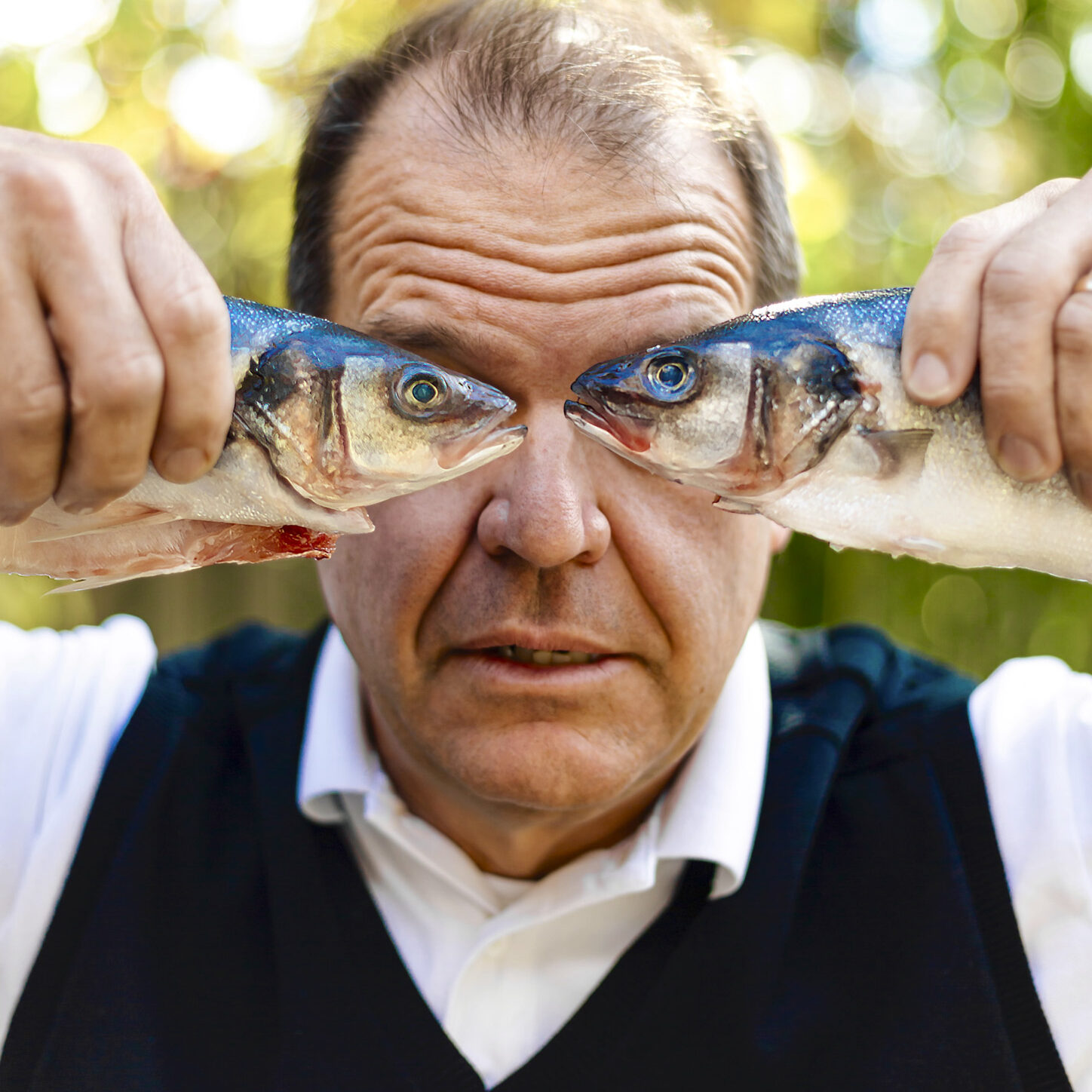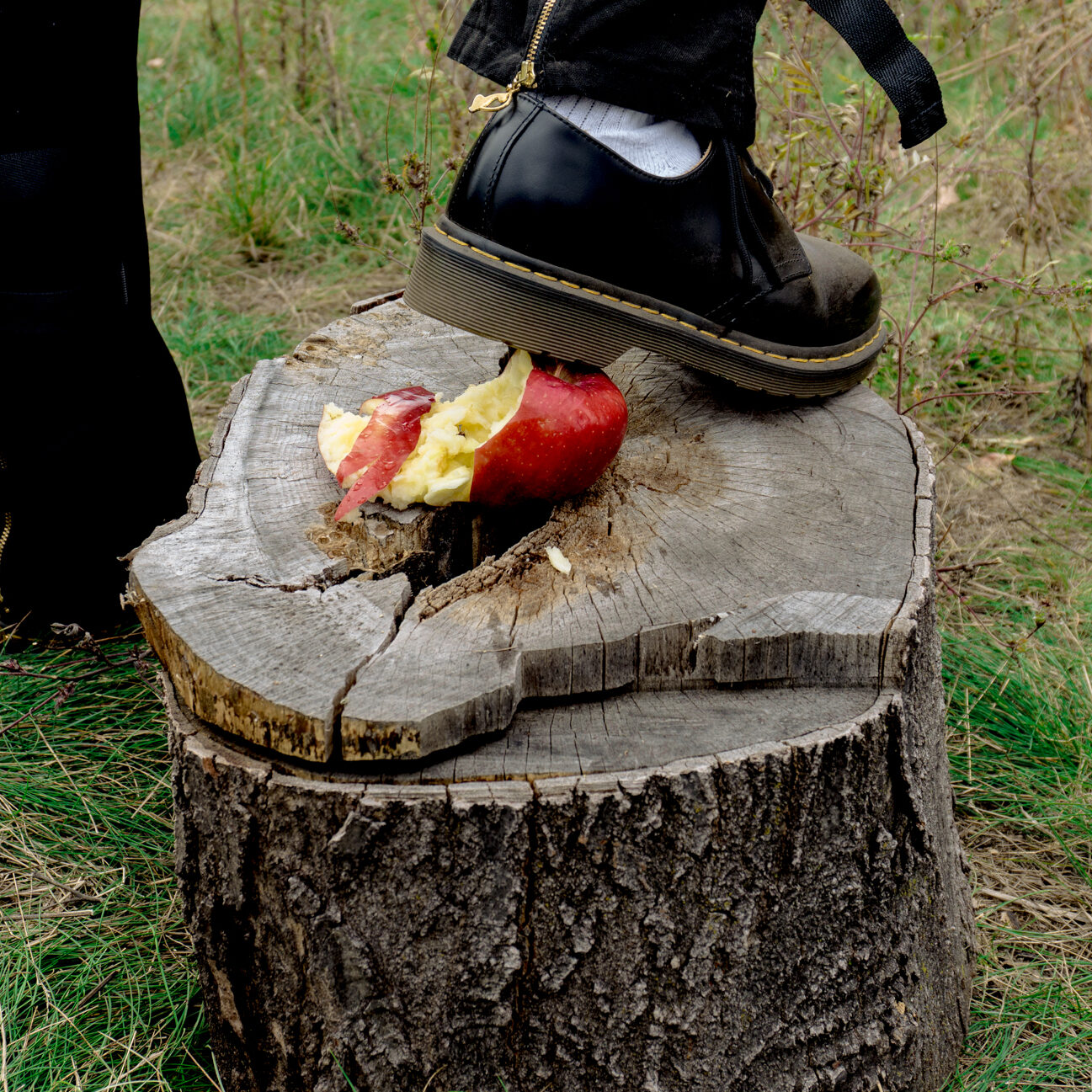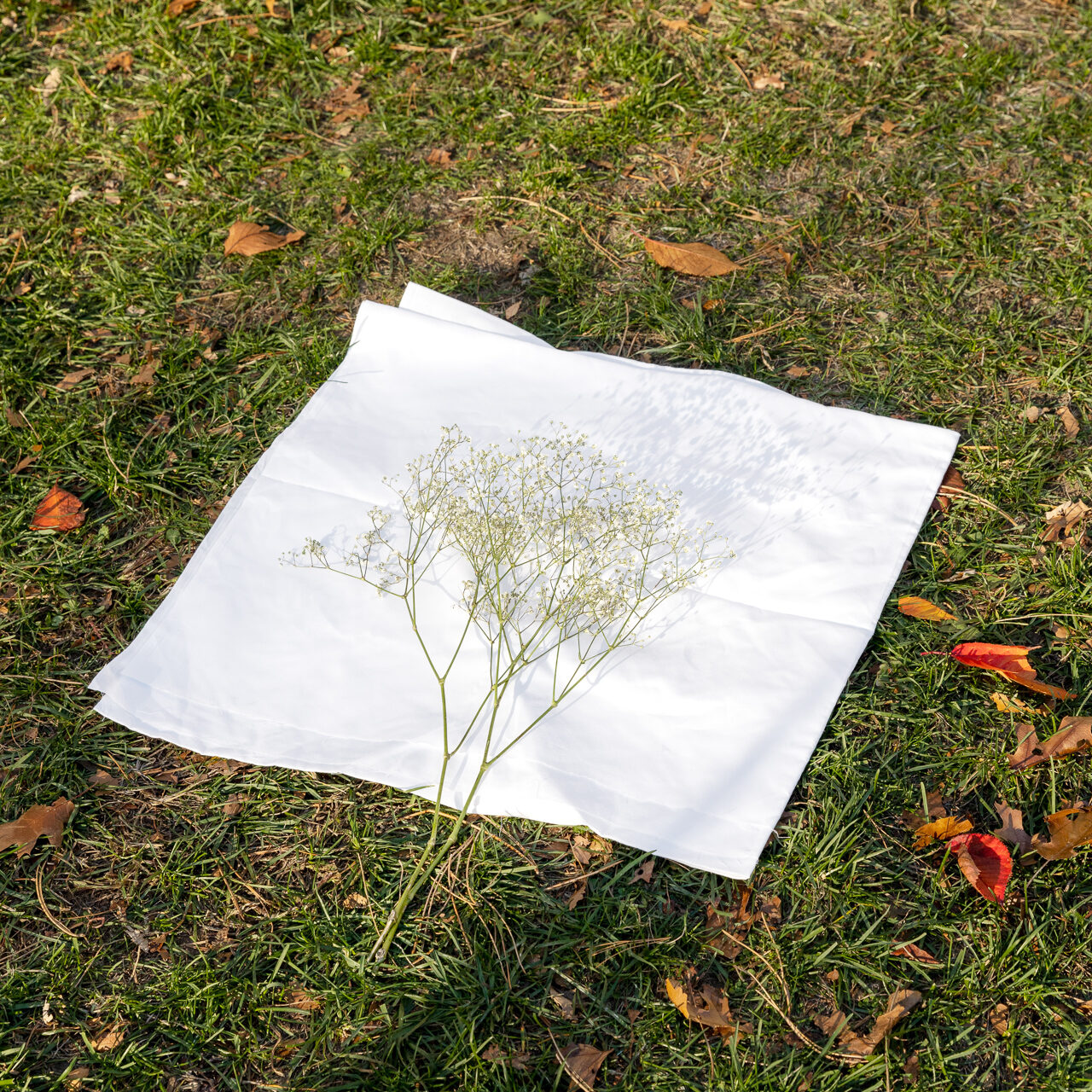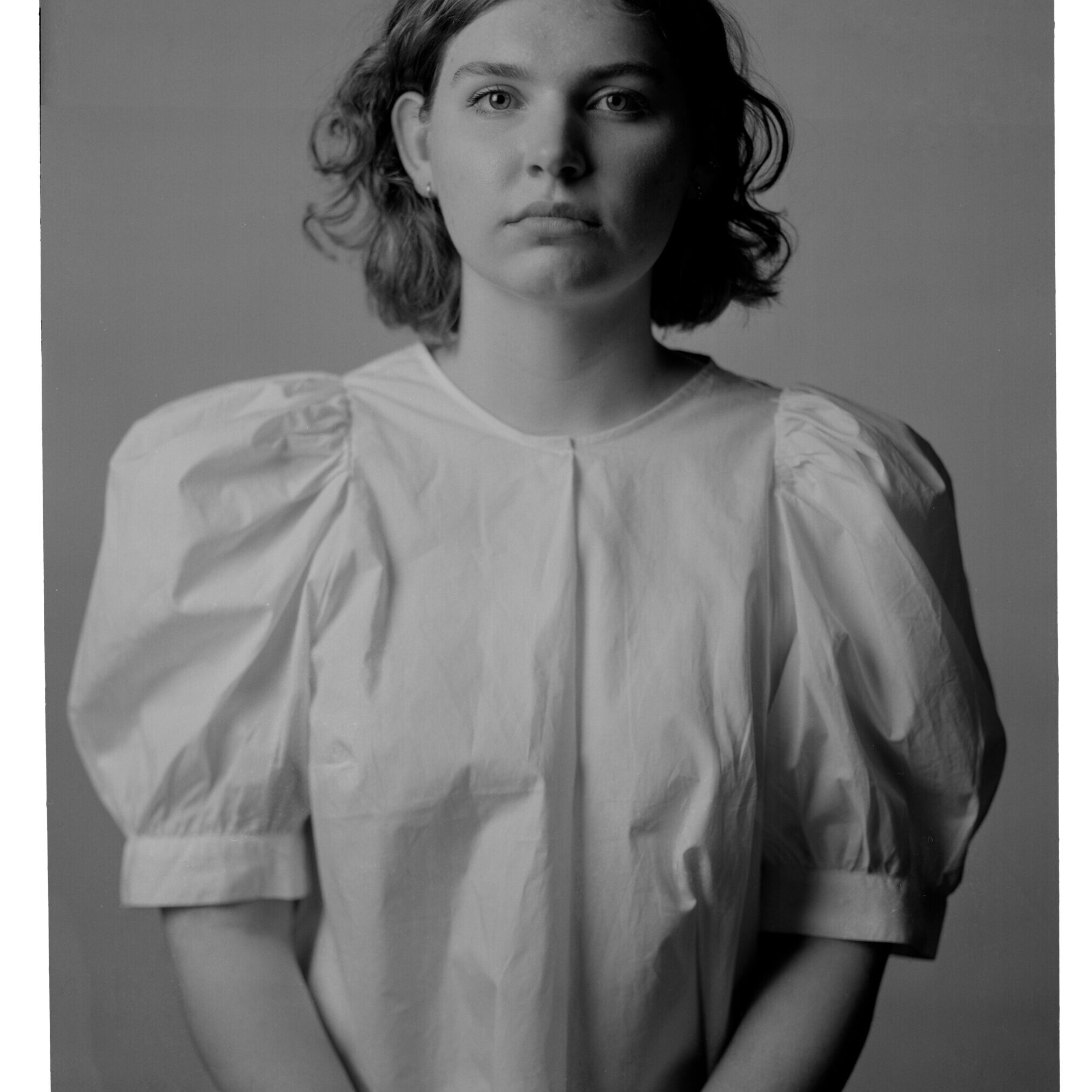Untitled
Mike Neal
If you take the 401 an hour east of Toronto, you’ll eventually end up in a city called Oshawa. Once known as the “Automotive Capital of Canada”, Oshawa’s history is deeply rooted in the North American Auto Industry. In the late 1870s, McLaughlin Carriage Works relocated to Oshawa from the nearby Town of Clarington, and they would begin producing automobiles in 1907. General Motors as we know it today was established after McLaughlin merged with the Chevrolet Car Company in 1918. Employment peaked in the 1980’s with over 20 000 people working in the Assembly Plant, but throughout the 2000s vehicle production in Oshawa would decline. One of the Car Plants closed in 2005, followed by the closure of the Truck Plant in 2009, and in 2018 General Motors announced it would cease production in Oshawa entirely, ending over 100 years of auto production in the city. General Motors would eventually reopen the Oshawa assembly line years later in January 2022, although with a much smaller footprint in the city than it once had.
Oshawa’s history revolves heavily around GM and car culture itself. When driving down Simcoe Street, or through King Street, it feels like every second building you pass either changes oil, fixes brakes, rotates tires or replaces mufflers. This body of work reflects on the character of this greatly influential and fast growing Canadian city, and documents its changes and evolutions throughout GMs reopening, the Covid-19 Pandemic, and the 2020s in general. One of Oshawa’s old slogans when auto production was at its height was “The City in Motion”, and although Oshawa has evolved tremendously throughout the past 100 years, the nickname has stuck.


